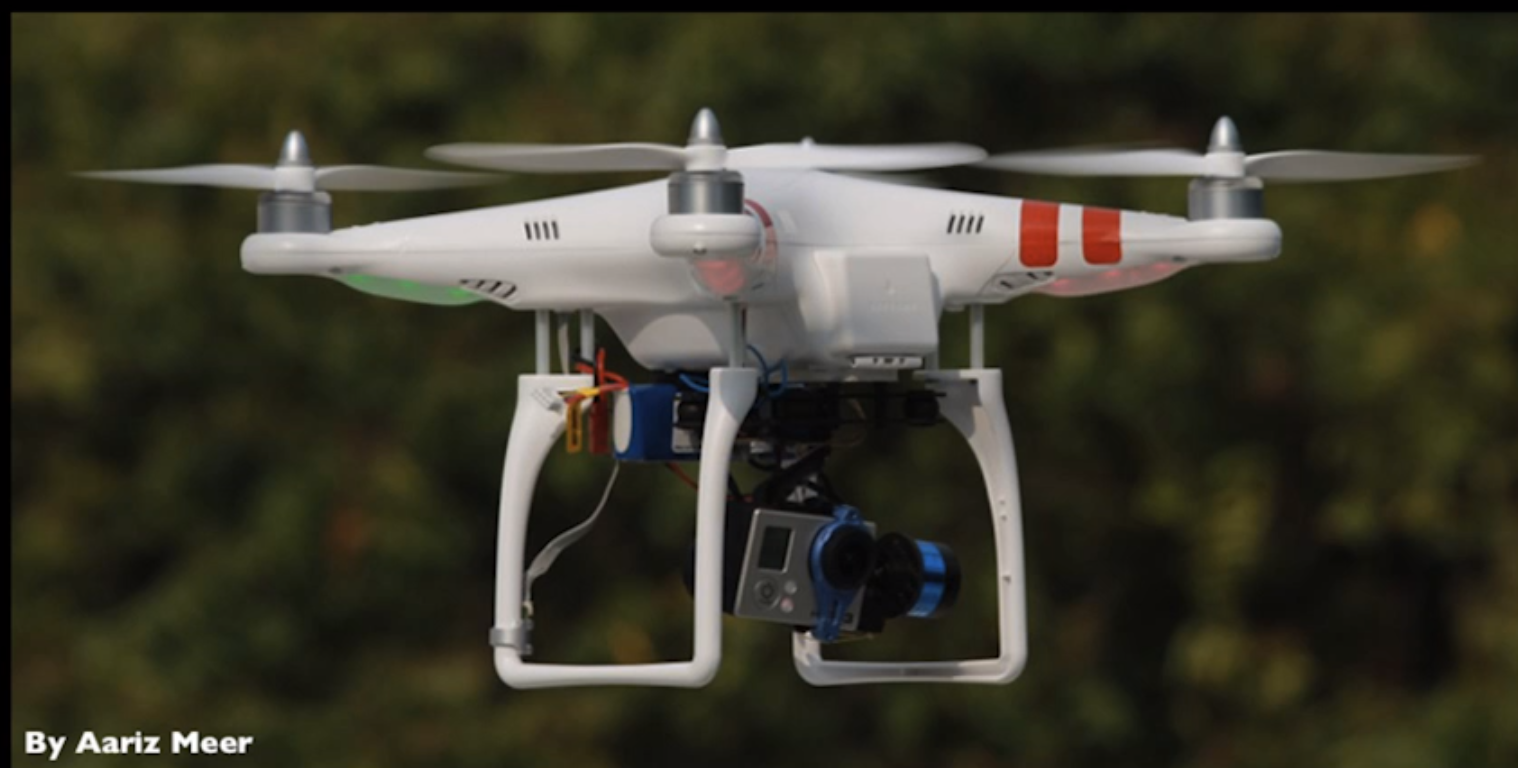WASHINGTON — A group of news media outlets have joined forces to convince the Federal Aviation Administration to allow journalists to fly drones in order to gather news.
The News Media Coalition includes, among others, newspaper and magazine publishers, broadcast and cable television companies and nonprofit journalists’ associations.
Today, a journalist is not allowed to use a drone, or unmanned aerial vehicle (UAV) to collect news. Because using a drone for commercial purposes, in other words, for compensation, is prohibited.
Currently, the FAA’s goal is to integrate unmanned aircraft systems (UAS) into the national airspace by 2015, and the media wants to be among those using the tiny aircraft. But today, everyone is prohibited from flying a drone commercially in the U.S. except for the two FAA exemptions in Alaska and the Artic, and FAA approved test sites. The issue being the FAA’s definition of “commercial flight.”
To the FAA, drones are viewed as aircraft. The agency’s definition of the term “aircraft” is “a device that is used or intended to be used for flight in the air.” Here’s where it gets complicated. At this time, the FAA does not allow a UAV to be flown for “commercial” use. The commercial umbrella includes everyone except the “hobbyist.”
Flying a drone for a hobby is perfectly fine. The FAA’s regulations for model aircraft enthusiasts, (the 91-57 AC) is a 30-something-year-old document. But there are no FAA regulations for drone flying pilots at this time. Therefore, UAV pilots are classified by the FAA as either hobbyists or commercial flyers.
Certified private pilots are not allowed to receive money for flying under any circumstances; basically, they can fly for fun. Yet, certified commercial pilots can, and do, receive payment for flying.
Last summer Matt Waite, a journalism professor at the University of Nebraska-Lincoln, flew a drone and recorded some video. Waite broadcasted some of the footage and the FAA told him he couldn’t. “The moment I am a University of Nebraska professor, the moment I am giving you a grade (and earning money) then no, I can’t fly a drone,” he said in a recent phone interview.
Schools in the U.S. are enrolling students to train to fly drones. However, “an engineering school can give you a degree for flying a UAV,” Waite explained, “you can talk about them, you can fly them on a computer simulator but once ready to fly one, that is where the lessons stop.”
The FAA has specific rules for “hobbyists” and for business or commercial activity use of drones. But journalists typically are given exception to civilian activity when it comes to reporting. And to ban journalists from using the best equipment available to report the news, the FAA is failing to take the First Amendment into account, they argue.
Charles Tobin is a First Amendment lawyer who is representing The News Media Coalition in its efforts to persuade the FAA to give journalists the freedom to use drones to collect news.
“Right now the FAA has a division, a sharp division, between two types of uses.
One by hobbyist, for recreational purposes, the other by what they call business or commercial use. We think the FAA needs to understand that journalists don’t fall within the hobbyist or the commercial use category; they have an interest in gathering information and that is protected by the First Amendment, and the public has an interest in receiving that information, ” Tobin said.
According to FAA regulations, a commercial pilot can get paid to fly because they have met certain FAA criteria. A private pilot is not allowed to accept payment in any form, for flying. When a journalist gets paid to report the news, and s/he uses a drone to collect the news, they are violating FAA’s regulations, because the FAA classifies the journalist as a commercial user that does not meet any of the FAA’s criteria.
Ben Kreimer, a journalist technologist and drone consultant. At the time of this report, he is in Turkey, where the remains of Antiochia ad Cragum, an ancient Roman city, is the site of a massive archeological dig. Kreimer is performing aerial imagining of the site with a drone. He has also flown drones in Africa, and recorded views of animals in the wild that have never been seen from view by humans. But he can’t legally fly drones in the U.S.
According to Kreimer, the drone gets the footage, the quality material. It takes time and practice learning; you have to learn the limitations of your gear. And there aren’t a lot of people doing it.
“You are showing this wildlife in a way that has never been seen. Something about it is really captivating. It really comes down to the movement that draws you in, it’s like this new experience on subjects always documented but now…it’s the movement of the UAS – it grabs me,” Kreimer said in a Skype interview.
“The irony is that anybody can buy one and fly it. It’s the moment you can start to make money with it that gets you in trouble,” he said.
The FAA has said that it will come out with the first of its small drone regulations – small being less than 55 pounds – sometime this fall, according to Tobin.

